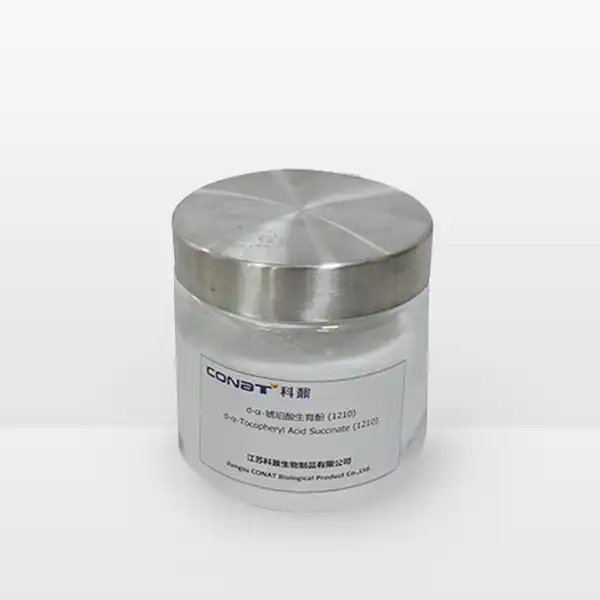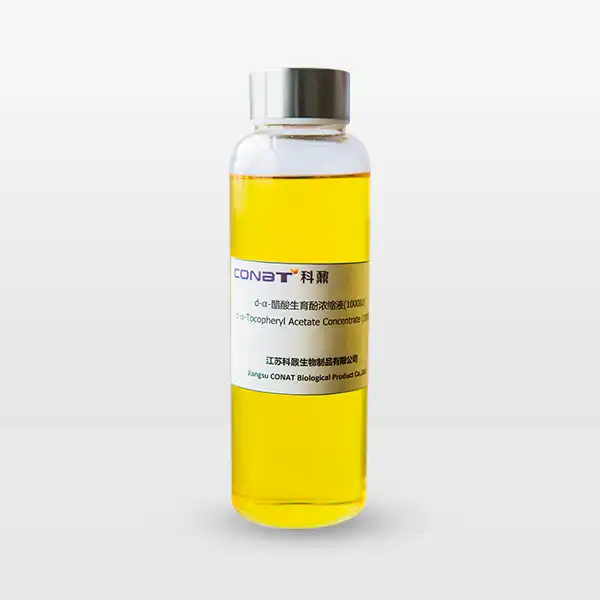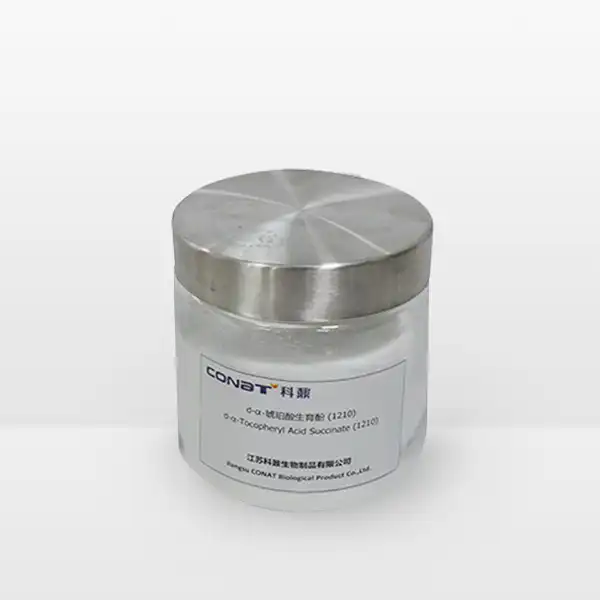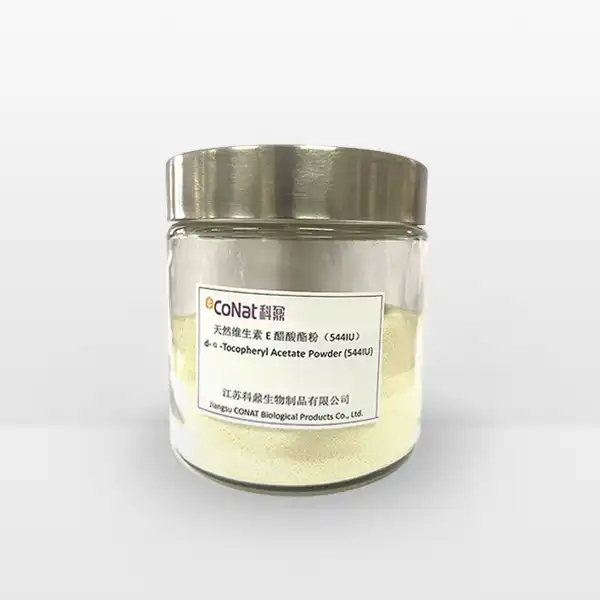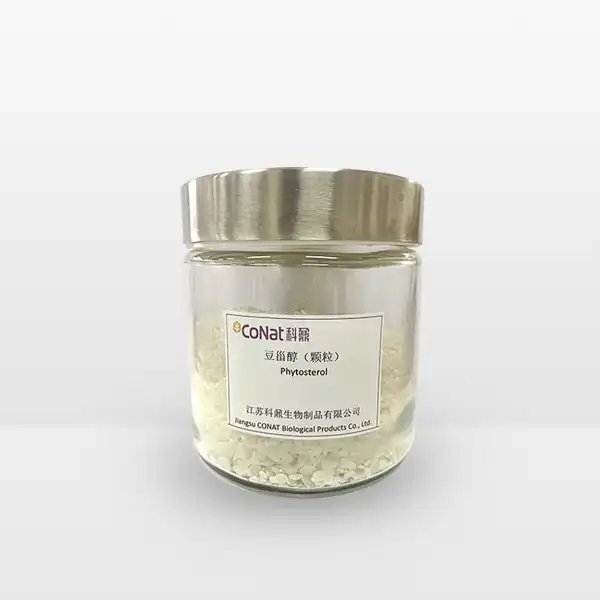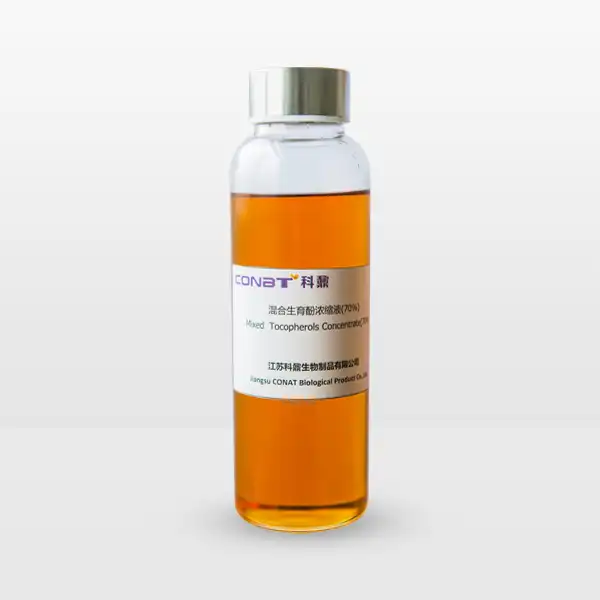- English
- French
- German
- Portuguese
- Spanish
- Russian
- Japanese
- Korean
- Arabic
- Greek
- German
- Turkish
- Italian
- Danish
- Romanian
- Indonesian
- Czech
- Afrikaans
- Swedish
- Polish
- Basque
- Catalan
- Esperanto
- Hindi
- Lao
- Albanian
- Amharic
- Armenian
- Azerbaijani
- Belarusian
- Bengali
- Bosnian
- Bulgarian
- Cebuano
- Chichewa
- Corsican
- Croatian
- Dutch
- Estonian
- Filipino
- Finnish
- Frisian
- Galician
- Georgian
- Gujarati
- Haitian
- Hausa
- Hawaiian
- Hebrew
- Hmong
- Hungarian
- Icelandic
- Igbo
- Javanese
- Kannada
- Kazakh
- Khmer
- Kurdish
- Kyrgyz
- Latin
- Latvian
- Lithuanian
- Luxembou..
- Macedonian
- Malagasy
- Malay
- Malayalam
- Maltese
- Maori
- Marathi
- Mongolian
- Burmese
- Nepali
- Norwegian
- Pashto
- Persian
- Punjabi
- Serbian
- Sesotho
- Sinhala
- Slovak
- Slovenian
- Somali
- Samoan
- Scots Gaelic
- Shona
- Sindhi
- Sundanese
- Swahili
- Tajik
- Tamil
- Telugu
- Thai
- Ukrainian
- Urdu
- Uzbek
- Vietnamese
- Welsh
- Xhosa
- Yiddish
- Yoruba
- Zulu
How Do Wood Sterols Work in the Body?
Wood sterols represent a fascinating frontier in natural health science, offering a complex interplay of biochemical interactions within the human body. These remarkable compounds, derived from plant cell membranes, have garnered significant attention for their potential health-promoting properties. As researchers delve deeper into their mechanisms, wood sterols emerge as a promising area of nutritional and medical research, revealing intricate ways they interface with human physiological processes.
Can Wood Sterols Really Influence Cholesterol Metabolism?
Wood sterols, also known as phytosterols, play a fascinating role in cholesterol management that goes far beyond simple dietary supplementation. These plant-based compounds exhibit a remarkable ability to interact with the body's cholesterol absorption mechanisms, presenting a natural approach to maintaining cardiovascular health.
At the molecular level, wood sterols demonstrate a unique structural similarity to cholesterol that allows them to compete directly with cholesterol during absorption in the intestinal tract. This competitive interaction is the cornerstone of their cholesterol-lowering potential. When consumed, these sterols strategically position themselves in the intestinal wall, effectively blocking the absorption of dietary and biliary cholesterol.
The process begins in the small intestine, where wood sterols leverage their molecular structure to interfere with cholesterol uptake. Unlike traditional cholesterol molecules, phytosterols have slightly different chemical configurations that prevent them from being fully absorbed. Instead, they create a physical barrier that reduces the amount of cholesterol that can pass through the intestinal wall and enter the bloodstream.
Scientific research has consistently demonstrated the efficacy of this mechanism. Multiple studies have shown that regular consumption of wood sterols can reduce LDL (low-density lipoprotein) cholesterol levels by up to 10-15%. This reduction occurs through a sophisticated biological process that involves multiple pathways of cholesterol metabolism.
The body's response to wood sterols is particularly intriguing. When these compounds are present, the intestinal cells activate specific transport proteins that recognize and reject phytosterols, effectively ensuring that they are eliminated from the body. Simultaneously, these same mechanisms reduce cholesterol absorption, creating a two-pronged approach to managing cholesterol levels.
Moreover, the benefits extend beyond simple cholesterol reduction. Emerging research suggests that wood sterols may have additional protective effects on cardiovascular health. They appear to modify lipid profiles, reducing inflammation, and potentially preventing the oxidation of LDL cholesterol – a critical factor in atherosclerosis development.
It's important to note that the effectiveness of wood sterols is dose-dependent. Nutritional experts recommend consuming approximately 2 grams of phytosterols daily to achieve meaningful cholesterol-lowering effects. This can be obtained through targeted supplements or by consuming foods naturally rich in these compounds, such as vegetable oils, nuts, seeds, and certain fortified foods.
How Do Wood Sterols Support Immune System Function?
The immune system represents a complex network of cells, tissues, and molecular interactions that protect the body against various threats. Wood sterols have emerged as potential modulators of immune responses, offering insights into how plant-based compounds can influence our body's defensive mechanisms.
Immunomodulation is a sophisticated process where wood sterols demonstrate remarkable potential. These compounds interact with immune cells at the cellular level, particularly affecting lymphocyte function and inflammatory responses. Research indicates that phytosterols can regulate the production of cytokines – signaling molecules crucial in immune communication.
At the cellular level, wood sterols appear to modify T-cell and natural killer cell activities. These immune cells play critical roles in identifying and eliminating potentially harmful entities like viruses, bacteria, and cancer cells. By subtly adjusting their functional parameters, wood sterols may enhance the body's natural defensive capabilities.
The anti-inflammatory properties of wood sterols represent another significant dimension of their immune support. Chronic inflammation is increasingly recognized as a root cause of numerous health conditions, from cardiovascular diseases to neurological disorders. Phytosterols demonstrate the ability to modulate inflammatory markers, potentially reducing systemic inflammation.
Molecular studies have revealed that wood sterols interact with specific cellular receptors and signaling pathways associated with immune response. They can potentially suppress the production of pro-inflammatory cytokines while simultaneously promoting the release of anti-inflammatory mediators. This delicate balance is crucial in maintaining optimal immune function.
Research has shown that wood sterols may be particularly beneficial in supporting immune health during periods of stress. Chronic stress can significantly compromise immune function, and these plant compounds appear to provide a protective buffer against such immunosuppressive effects.
The mechanism involves complex interactions with the hypothalamic-pituitary-adrenal (HPA) axis, which regulates stress responses. By modulating this system, wood sterols may help maintain immune resilience during challenging physiological conditions.
Furthermore, emerging evidence suggests potential benefits in autoimmune conditions. While more research is needed, preliminary studies indicate that wood sterols might help regulate overactive immune responses, providing a potential therapeutic approach for managing certain autoimmune disorders.
What Mechanisms Allow Wood Sterols to Interact with Cellular Membranes?
Cellular membranes represent the intricate gatekeepers of cellular function, and wood sterols engage with these biological structures through sophisticated molecular interactions. Their ability to modify membrane characteristics offers profound insights into how plant-based compounds can influence cellular physiology.
The structural similarity between wood sterols and cholesterol is fundamental to their membrane interaction capabilities. These compounds can integrate into cell membranes, modifying their physical and functional properties. Unlike cholesterol, wood sterols introduce subtle changes in membrane fluidity, permeability, and protein function.
At the molecular level, wood sterols replace a portion of cholesterol in cellular membranes. This replacement is not random but follows precise biochemical principles. The molecular configuration of phytosterols allows them to occupy cholesterol's typical position while introducing unique structural modifications that can alter membrane behavior.
Membrane fluidity represents a critical parameter in cellular function. Wood sterols demonstrate the ability to regulate this fluidity, potentially improving cellular communication and signal transduction. By strategically positioning themselves within the lipid bilayer, these compounds can enhance membrane stability and adaptability.
The interaction extends to membrane proteins, which play crucial roles in cellular communication and transport mechanisms. Wood sterols can modify protein conformations, potentially improving their functionality and responsiveness to external signals. This subtle molecular choreography involves complex interactions that researchers are still working to fully understand.
Lipid rafts – specialized membrane microdomains critical for cellular signaling – represent another fascinating area of wood sterol research. These compounds can reorganize lipid rafts, potentially influencing how cells receive and process external information. The implications extend across multiple physiological systems, from immune response to neurological function.
Cellular protection is another significant aspect of wood sterols' membrane interactions. By modifying membrane composition, these compounds may provide enhanced resistance to oxidative stress and environmental challenges. This protective mechanism could be particularly important in aging and disease prevention.
The complexity of these interactions highlights the sophisticated nature of wood sterols. They are not simple passive compounds but active participants in cellular architecture and function. Each molecular interaction represents a nuanced communication that can potentially influence broader physiological processes.
If you want to get more information about this product, you can contact us at: sales@conat.cn.
References
1. Racette, S. B., et al. (2010). Phytosterols and Cholesterol Metabolism. Current Opinion in Lipidology, 21(1), 37-44.
2. Nguyen, T. T. (1999). The Cholesterol-Lowering Action of Plant Stanol Esters. The Journal of Nutrition, 129(1), 75-80.
3. Kritchevsky, D., & Ntanios, F. (1998). Plant Sterols and Cholesterol Metabolism. Current Opinion in Lipidology, 9(6), 577-581.
4. Moghadasian, M. H. (2000). Pharmacological Properties of Dietary Phytosterols in Cardiovascular Diseases. Drugs, 60(4), 990-1007.
5. Ostlund, R. E. (2002). Phytosterols in Human Nutrition. Annual Review of Nutrition, 22, 533-549.
6. Piironen, V., et al. (2000). Plant Sterols: Absorption, Biological Function and Health Effects. Nutrition, Metabolism and Cardiovascular Diseases, 10(6), 294-309.
7. Clifton, P. M., & Keogh, J. B. (2018). A Systematic Review of the Effect of Dietary Supplements on Cardiovascular Outcomes. NPJ Cardiovascular Disease, 4(1), 37.
8. Gylling, H., et al. (2014). Plant Sterols and Plant Stanols in the Management of Dyslipidemia and Prevention of Cardiovascular Disease. Atherosclerosis, 232(2), 346-360.
9. AbuMweis, S. S., & Jones, P. J. (2008). Plant Sterols: Essentials for a Healthy Diet. Nutrition Today, 43(2), 56-62.
10. Bouic, P. J. (2001). The Immune-Modulating Effects of Phytosterols. Alternative Medicine Review, 6(2), 152-158.
YOU MAY LIKE
